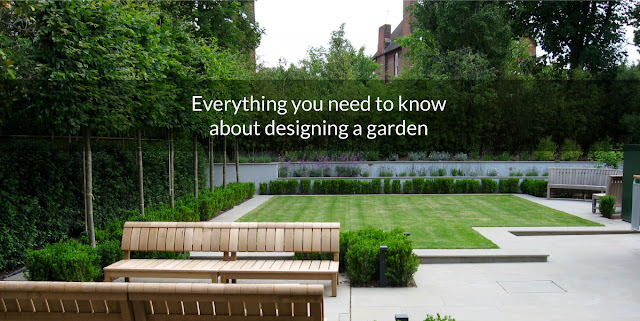What is an Informal garden?
 |
| Informal garden |
The majority of gardeners choose informal garden designs. They are typically a style that people adopt since they are rather laid back and are frequently developed gradually over time. This iterative method, nevertheless, can also result in careless landscape design! When executed properly, it can have a laid-back and fascinating design; when executed incorrectly, it is loose, uninspired, and limp.
The most popular type of garden is certainly an informal garden. In terms of its design symmetry, informal gardens are less constrained than, example, formal gardens. Informal gardening can relieve you from constraints like needing to possess in-depth horticultural or design knowledge.
By enabling you to "have a try" at gardening when you first start out, which is exactly what you should be doing and I strongly endorse gardeners starting with any type of gardening, you will be able to accomplish what you should be doing.
You can build planting plans, observe what works and what doesn't, and
see what shapes and forms you prefer. Generally speaking, an informal garden
ought to be unstructured and unruly.
According to some, an informal garden design gives limits more leeway and enables for planting to serve as the framework rather than hard landscaping. They might also be described as appearing "more natural."
An informal garden design should not be confused with disconnected gardens, hastily put-together borders, or garden features that emerge completely at random. As garden designers, we try to stay away from these problems. Frequently repeating that informal does not equate to lazy
A formal garden's design requires just as much thought and preparation as an informal one. Planning, unity, harmony, scale, proportion, and the proper plants and elements in the right locations are all important. Although it appears effortless, it was meticulously done.
You may readily identify informal garden ideas by glancing at the gardens in the UK's neighbours. Informal simply means that the garden has looser contours and lines and typically draws inspiration for its design from the topography.
You can follow the curves of your property line, your driveway, your house walls, a creek, a group of trees, or the direction the sun is shining. You might see mixed borders with swaths of lovely flora, or even grasses that have been allowed to dry out and go to seed during the winter. Quite different from the structure and exactitude of a formal garden.
How to design an informal garden
- combining several colour palettes
- Use more organic materials as opposed to, say, strictly geometric
landscaping
- Follow softer, more flowing curves.
- Allow for a greater variety and mix of plants.
- loose feeling that is relaxed
- Asymmetry
- mixture of cohesive materials
Important components of an Informal Garden: At first look, informal gardens appear to be more laid back and less planned. However, this does not make them simpler to plan or keep up!
Here are some broad generalisations that can lead you to believe a more
casual style is best for you.
- sweeping planting in overlapping drifts
- As it adheres to a garden's natural topography and lines, it is in
harmony with nature.
- Natural materials merge in with the surrounding vegetation and
environment.
- allowing the garden to change with time.
- For those who like a "laid-back style," tomorrow is always an option.



Comments
Post a Comment